News and Announcements - MDL
-

Meteorological Development Laboratory’s Localized Aviation MOS Program and Gridded LAMP upgraded to Version 2.7
An important upgrade to the Localized Aviation Model Output Statistics (MOS) Program (LAMP) and Gridded LAMP (GLMP) systems was implemented into NWS operations on Tuesday, September 16, 2025.
-
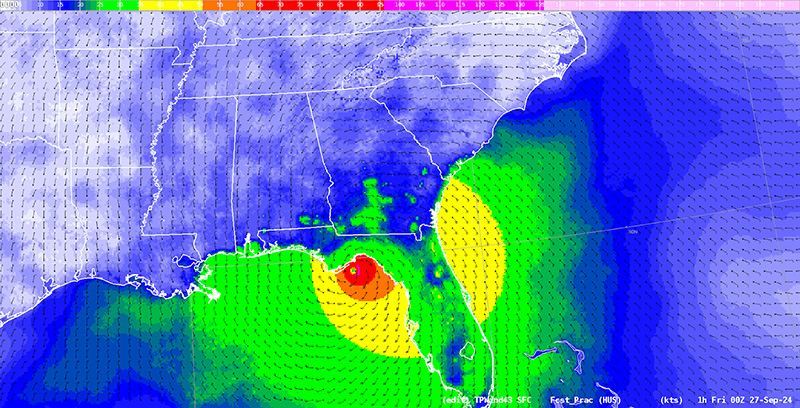
National Blend of Models (NBM) Upgraded to Version 4.3
On May 27, 2025, NOAA’s National Weather Service (NWS) upgraded its operational product, the National Blend of Models (NBM) — a nationally-consistent and calibrated suite of forecast products generated by combining numerical weather prediction and post-processed data. This upgrade (version 4.3) primarily focused on improvements to the NBM Tropical Cyclone Feature-Matched wind speed product and incorporated updates provided by the Storm Prediction Center (SPC) to the probabilistic severe weather products.
-
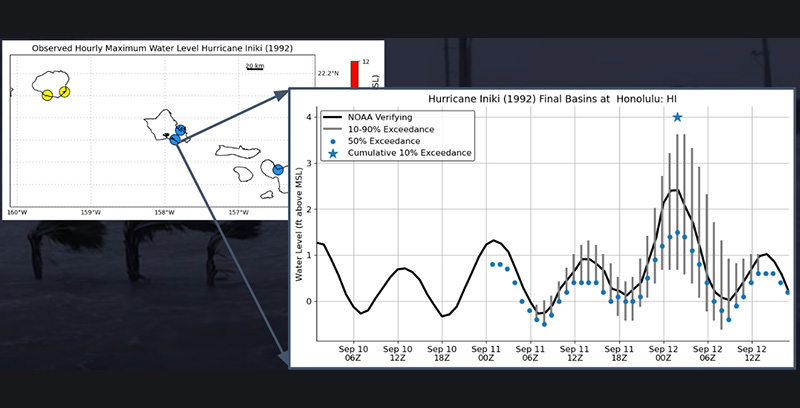
Probabilistic Storm Surge (P-Surge) Upgraded to Version 3.1
On May 20, 2025, NOAA NWS upgraded its operational Probabilistic storm Surge (P-Surge) model to version 3.1. P-Surge brings a probabilistic approach to the modeling of storm surge, and is run on a case-by-case basis in advance of hurricanes and tropical storms that may impact the Atlantic and Gulf coastlines of the contiguous U.S., Puerto Rico, the U.S. Virgin Islands, and now, with the most recent upgrade, the coastlines of Hawaii.
-
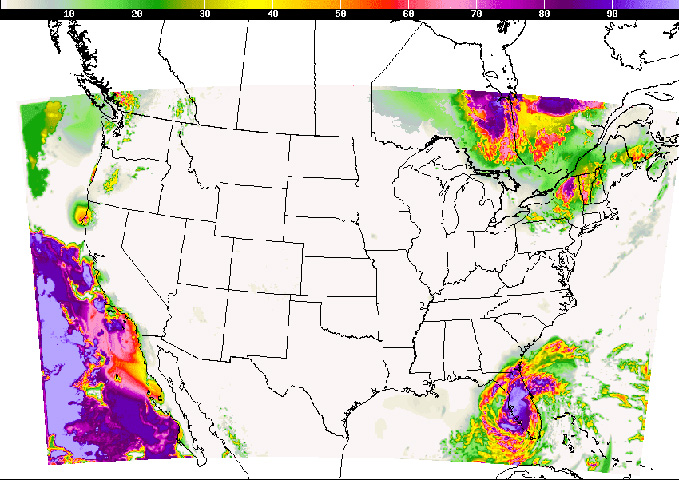
MDL's Localized Aviation MOS Program (LAMP) and Gridded LAMP (GLMP) Upgraded at NWS
An upgrade to the Localized Aviation Model Output Statistics (MOS) Program (LAMP) and Gridded LAMP (GLMP) systems was implemented into NWS operations on Monday, September 30, 2024. LAMP is a statistical system which provides forecast guidance for sensible weather elements and updates the Global Forecast System (GFS)-based MOS on an hourly basis (every 15 minutes for C&V elements). The guidance is produced on the NOAA/NWS/NCEP Weather and Climate Operational Supercomputer System (WCOSS) and is disseminated centrally from NCEP.
-
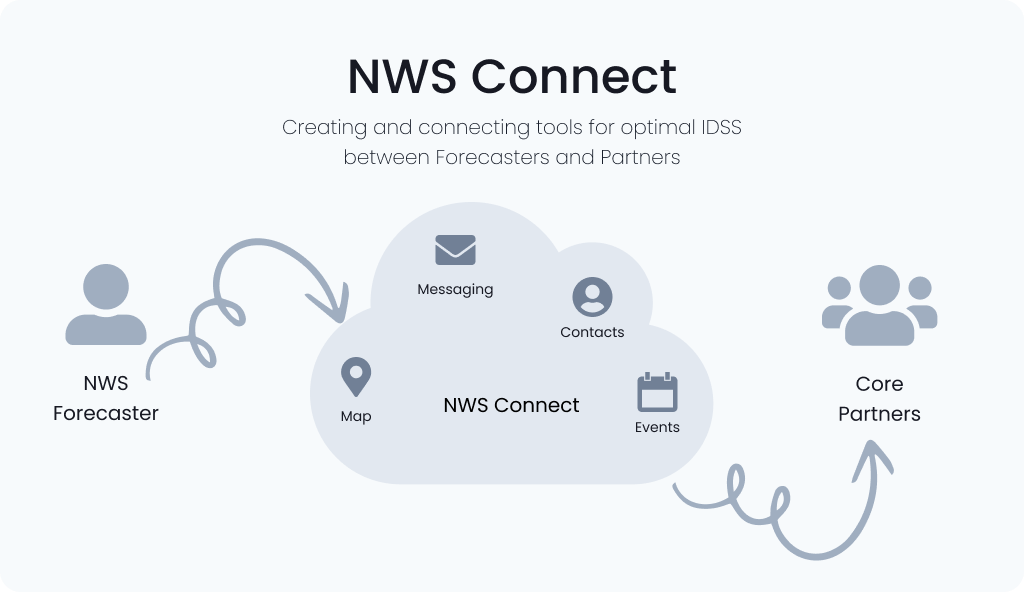
NWS Connect Initial Operating Capabilities Released
We are excited to announce the release of NWS Connect, marking the first iteration of many to come! NWS Connect is a vital element of Ken's 10 Probabilistic IDSS (Impact-based Decision Support Services) Initiative. This empowers NWS core partners, such as emergency personnel and public safety officials, to make informed decisions when weather, water, and climate events impact the lives and livelihood of the American people.
-
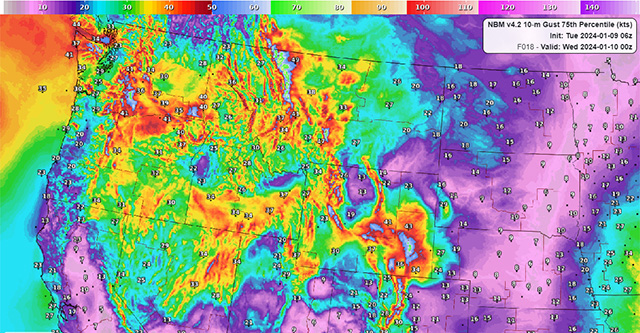
National Blend of Models (NBM) Upgraded to Version 4.2
On May 15, 2024, NOAA upgraded the National Blend of Models (NBM) — a nationally consistent and calibrated suite of forecast products generated from combining numerical weather prediction and post-processed data — to version 4.2 in operations. The upgrade includes a number of improvements to help forecasters improve the national gridded forecast including: new percentile and probabilistic sustained 10-meter wind and wind gust products, improved wind speed and gusts for “day-to-day” forecasts, better snow accumulation forecasts in environments with temperatures just above freezing, mitigation of lattice-like artifacts in winter weather output, reduction of erroneously high probabilities for freezing rain and improve snow forecasts over higher terrain.
-
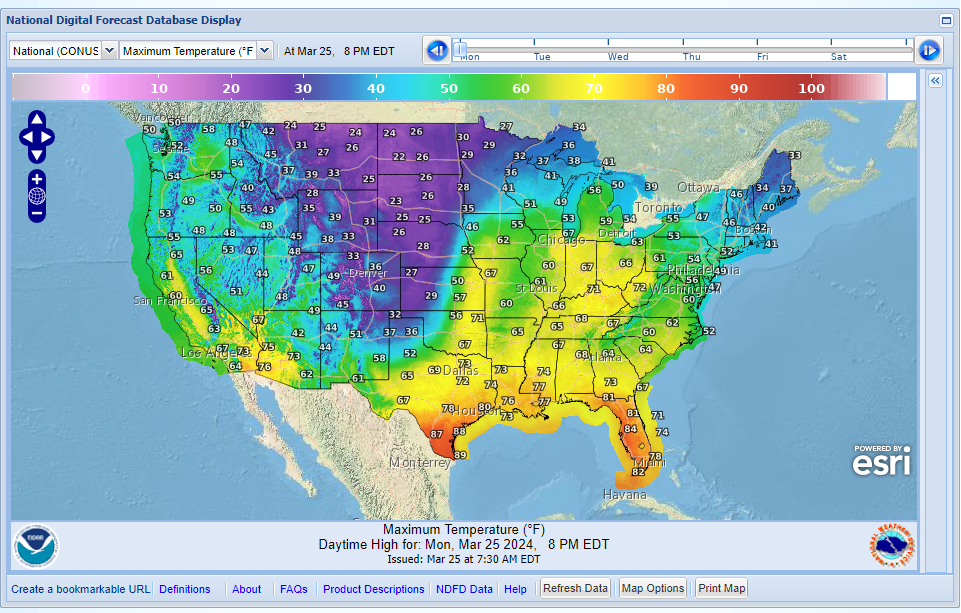
NDFD web services go operational in Web Operations Center
The National Weather Service’s National Digital Forecast Database (NDFD) produces weather, water, and climate digital forecast grids based on mosaics of forecasts from forecast offices and national centers. The NDFD Central Server creates and encodes national gridded datasets as GRIB2 files for dissemination via the NWS Telecommunications Gateway (NWSTG). Two key products of the NDFD include the Web Map Viewer and the XML Web Services. In April, the NOAA Web Operations Center began hosting NDFD Web Services that were formerly hosted by the NWS Internet Dissemination System. These services include full-resolution (up to 2.5km, hourly) maps and XML point web services for all operational and experimental NDFD forecast elements.
-
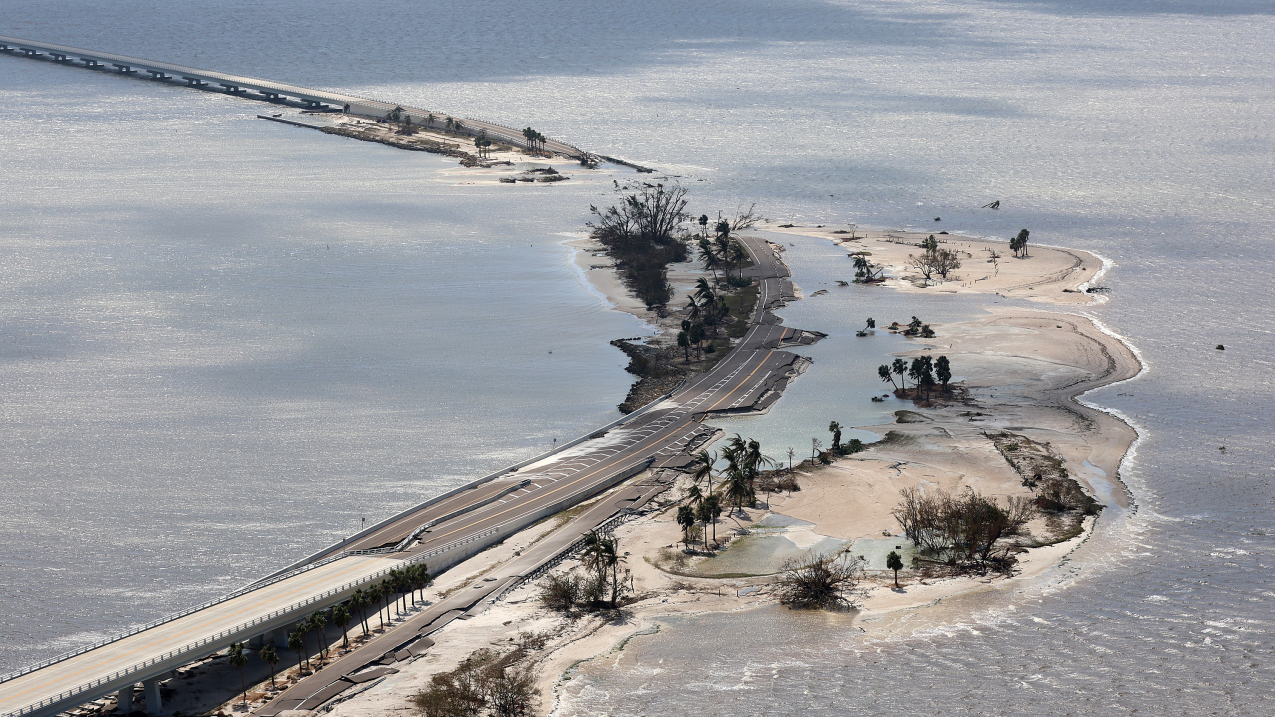
P-Surge Upgrade NOAA Press Release
On May 2, 2023, NOAA upgraded its Probabilistic Storm Surge (P-Surge) model — the primary model for predicting storm surge associated with high-impact weather like hurricanes and tropical storms — to version 3.0. This upgrade, developed by the Decision Support Division of MDL, advances storm surge modeling and forecasting for the contiguous U.S. (CONUS), Puerto Rico and the U.S. Virgin Islands, and comes just in time for the 2023 hurricane season beginning on June 1 and running through November 30.
-
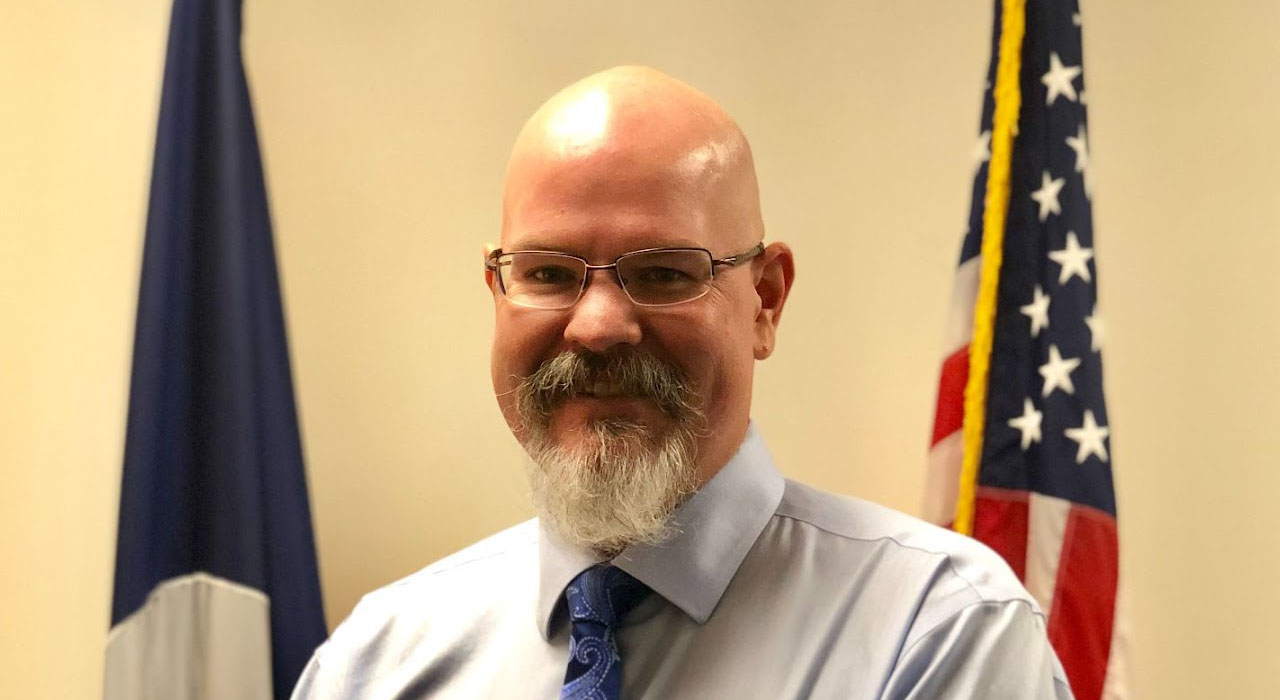
Mr. Richard (Rich) Bandy Selected as New MDL Director
Mr. Richard (Rich) Bandy has been selected as the new Meteorological Development Laboratory (MDL) Director, effective July 17, 2022. Meet Mr. Bandy in this article which appeared in NWS Insider on July 7.
-
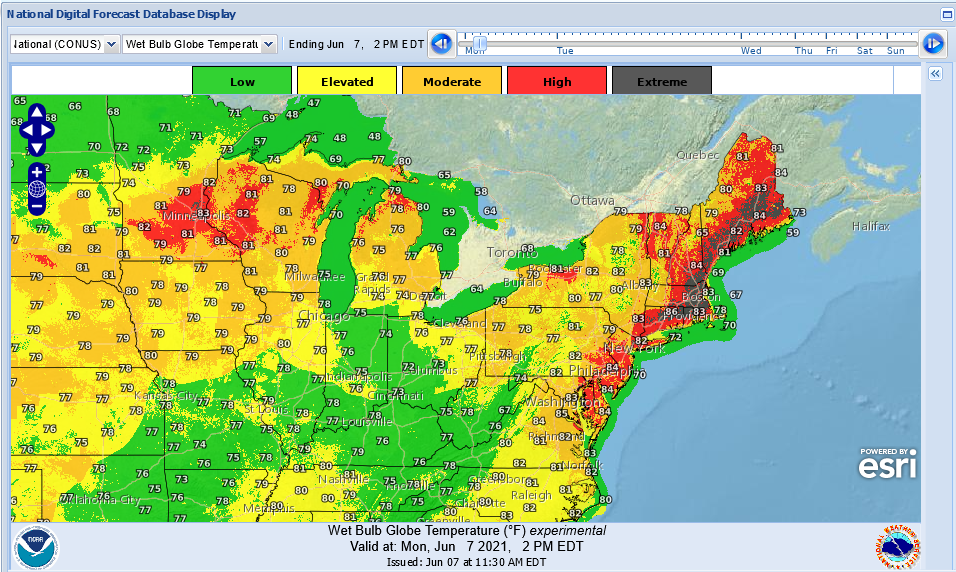
MDL Leads the Way in Providing Wet Bulb Globe Temperature Forecasts to the Public
Now that warmer weather is again upon us, “fans” of MDL and its products will take comfort in knowing that we have been working diligently to bring groundbreaking, new heat-related forecast guidance to the NWS and general public. Over the past couple of years, scientists in MDL’s Digital Forecast Services Division (DFSD) have collaborated with other field experts in the development of a new software application to calculate the Wet Bulb Globe Temperature, or WBGT, from other parameters within the National Digital Forecast Database (NDFD). Early this year, the current operational version was implemented on the NDFD central server. This work is being expanded by the Statistical Modeling Division (SMD) to utilize the new NDFD algorithm in generating forecasts of WBGT from the suite of Numerical Weather Prediction (NWP) models used as input to the National Blend of Models (NBM). We introduce the WBGT, for those who may be unfamiliar with this relatively new heat-related variable, and discuss the evolution of MDL's efforts to develop these new products.
-
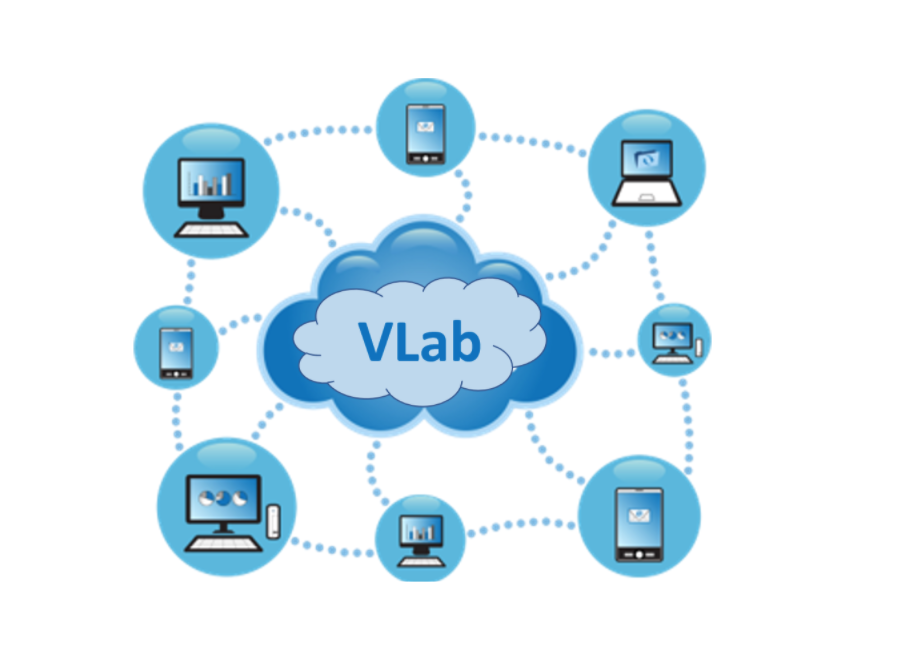
VLab is Now in the Cloud!
On May 21, 2021, NOAA’s Virtual Laboratory (VLab) began operating in the Amazon Web Services (AWS) cloud. This change in the hosting environment represents the latest evolution of VLab. From its early days in 2013, running on a single OSTI server, to its migration to the Integrated Dissemination Program web farm in December 2014, to now leveraging the immense capabilities of the AWS cloud, the VLab has moved in response to its growing number of users and their evolving collaboration requirements.
-
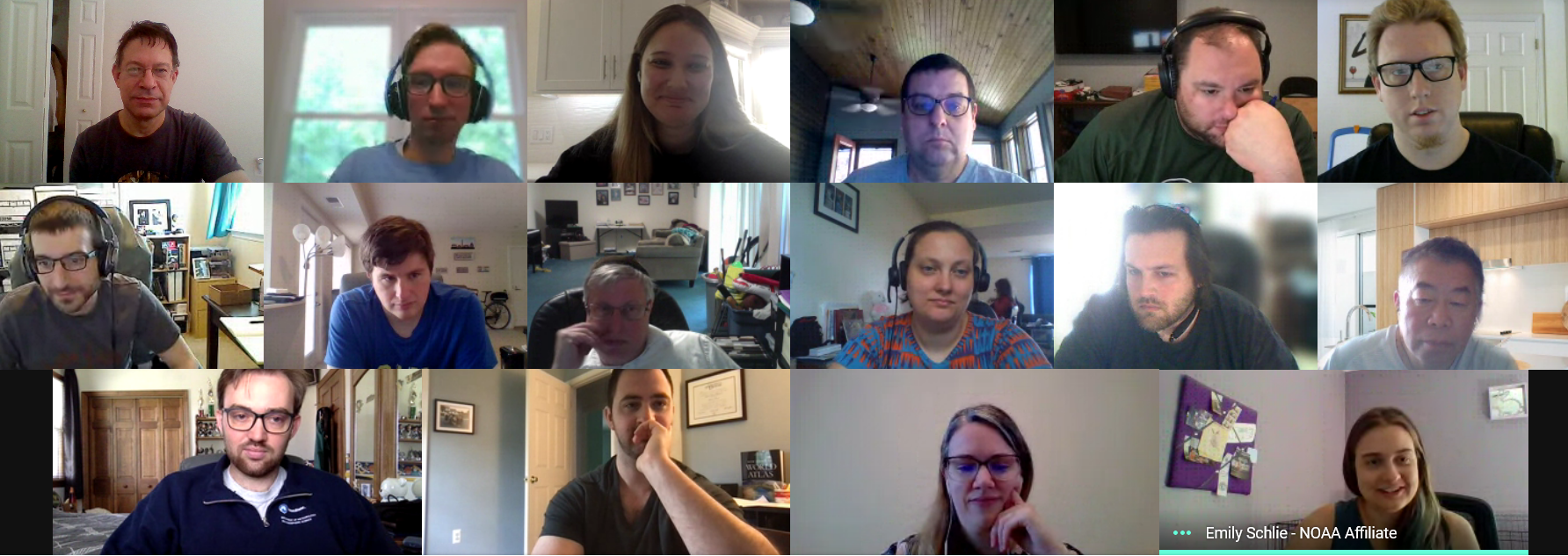
MDL Adapts to Pandemic Work Paradigm; Marks Successful Remote Year
The worldwide outbreak of COVID-19 in mid-March of last year brought about an unforeseen opportunity for MDL to test its continuity of operations readiness. We have now marked the passage of a full year in what essentially has been a “maximum telework” posture, and the evidence is in: MDL’s extensive array of collaborative tools, such as the Virtual Laboratory (VLab), Google suite, and expanding efforts in cloud computing have enabled critical work to continue despite the lockdowns and the reality of having staff scattered about in various locations away from our SSMC home base. We take a look at how our "workplace" has changed, and some of the notable MDL accomplishments of the past year.
-
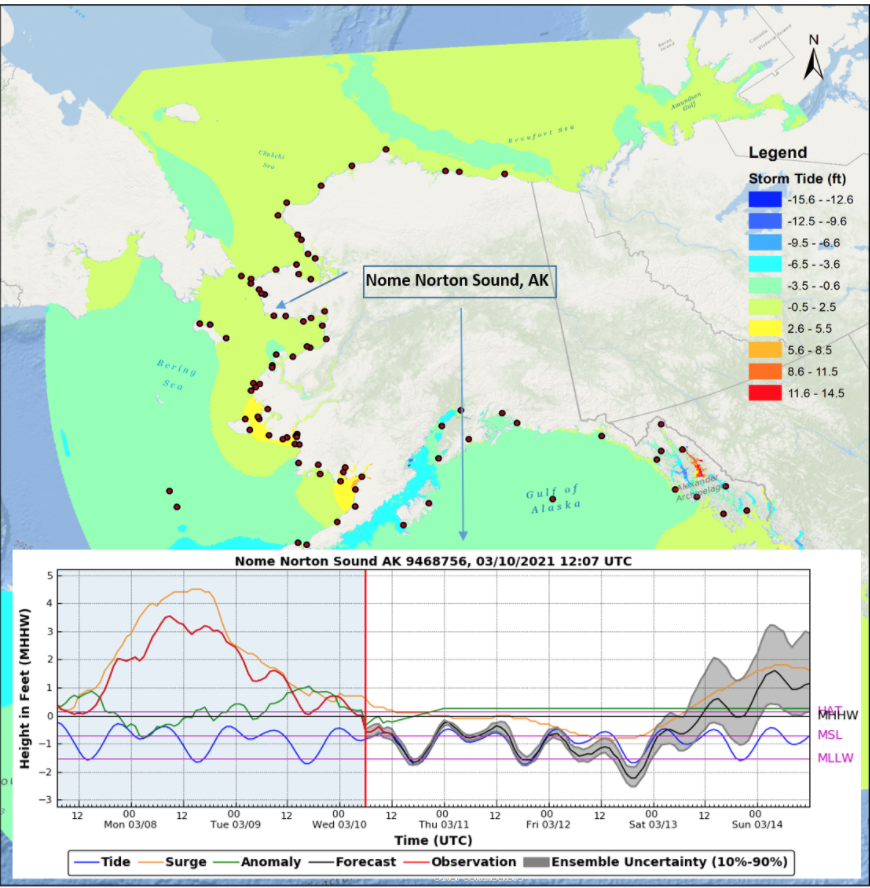
Probabilistic Extra-Tropical and Extra-Tropical Storm Surge Models Upgraded at NWS
On February 25, the NWS Meteorological Development Laboratory (MDL) upgraded both the Probabilistic Extra-Tropical Storm Surge (P-ETSS) and the Extra-Tropical Storm Surge (ETSS) models. The ETSS model, first launched in 1996, is a modification of the Sea Lake and Overland Surges from Hurricanes (SLOSH) model to use Global Forecast System (GFS) wind and pressure input to predict storm tide (surge + tide) from extra-tropical storms. The P-ETSS model, first launched in 2017, is a coastal inundation ensemble model forced by various ensemble wind systems. An article describing the recent MDL upgrades appeared in the NWS Insider on March 18, 2021.
-
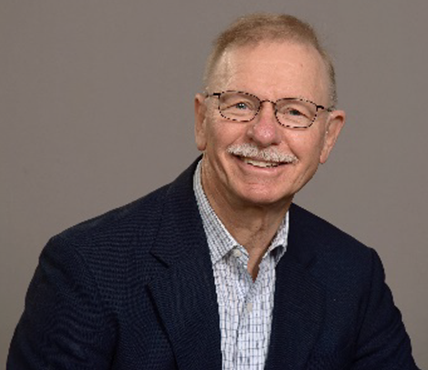
Jess Charba Announces Retirement
Dr. Jerome P. “Jess” Charba has retired from the Federal service, effective 2/28/2021, capping an MDL career which spanned nearly five decades. Jess joined MDL (then the Techniques Development Laboratory [TDL] ) in 1972 immediately after receiving his Ph.D. from the University of Oklahoma. Since then, Jess has been instrumental in applying and expanding the principles of Model Output Statistics (MOS) to subsynoptic time frames and high-resolution observed data. Many of his innovative techniques have found their way into applications now used in the Localized Aviation MOS Program (LAMP) and other aspects of MDL’s statistical postprocessing efforts.
-
.gif)
NBM V4.0 Now "Live"
Scientists from MDL’s Statistical Modeling Division (SMD), in concert with NCEP Central Operations staff, have successfully implemented the newest version of the National Blend of Models (NBM) into regular production. NBM v4.0 represents a significant leap forward in Blend capability, most notably in that it includes a significant expansion of the amount and types of probabilistic information available to its users. In this article, we examine some of the new products and features of NBM v4.0.
-
.png)
Students (Virtually) Join MDL
This spring/summer, MDL welcomed a new group of student employees into the fold to help us with a variety of projects and to help provide them with “real-world” work experiences outside of academia. This year, however, those experiences came under some rather unusual and unforeseen circumstances, due to the onset of COVID-19 and the Lab's transition to a completely remote work environment. Despite all this, the students and their mentors alike seem to have adapted quite well. We introduce the 2020 students and their associated internship programs, and take a look at their activities and experiences with MDL.
-
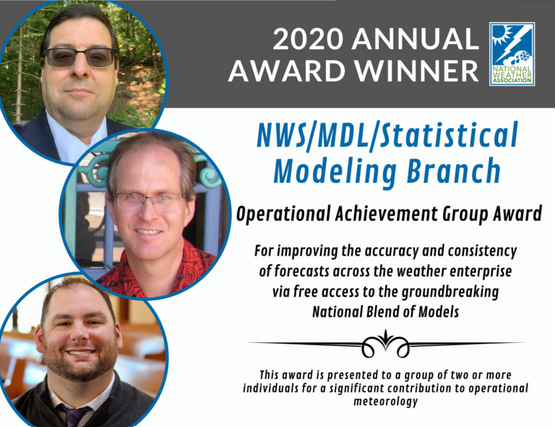
Blend Team Receives Award at National Weather Association Annual Meeting
The National Weather Association’s (NWA) Annual Meeting was held remotely this year, in lieu of the originally-planned gathering in Tulsa, OK, with a number of MDL staff members in “virtual attendance.” In what certainly was a Lab highlight during the week’s proceedings, the MDL National Blend of Models (NBM) team received the NWA Operational Achievement Group Award.
-
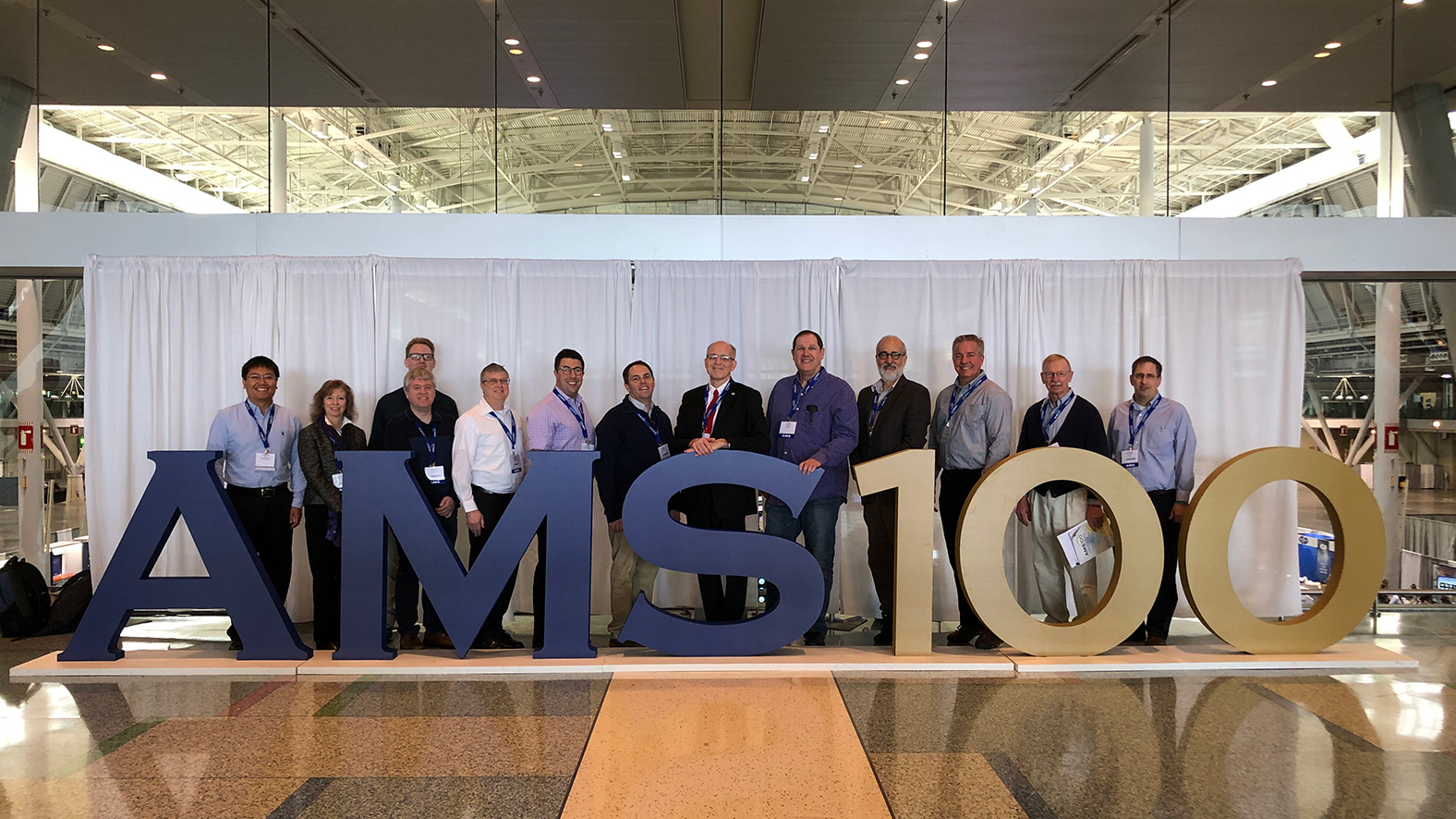
MDL Figures Prominently at AMS Centennial
Staff members from the NWS’s Meteorological Development Laboratory (MDL) were on hand this January at the 100th Annual Meeting of the American Meteorological Society in Boston, MA, participating in many of the activities connected with the Annual Meeting’s special sessions.
-
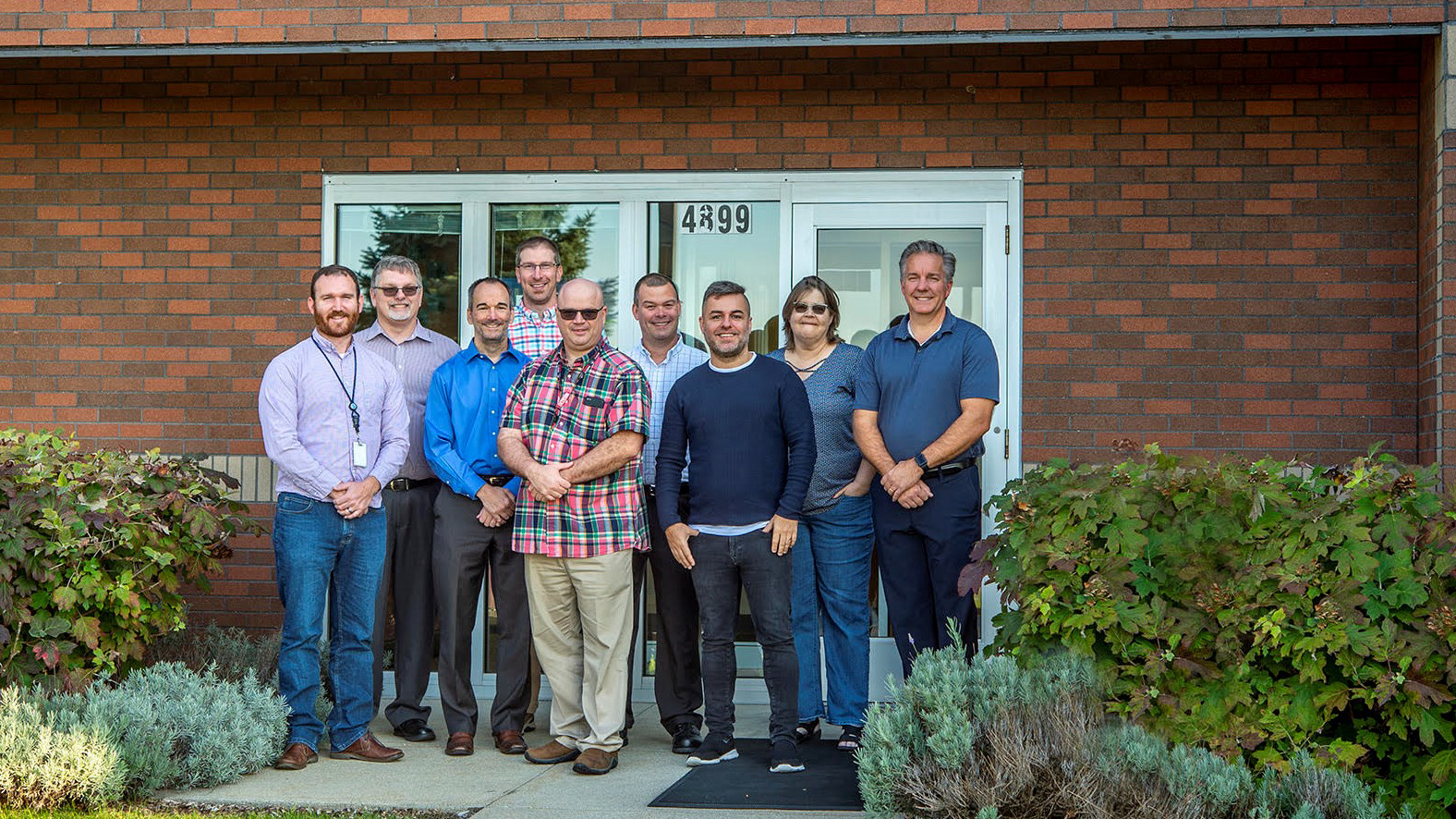
WFO Grand Rapids Hosts Annual IRIS Team Meeting
The IRIS team was featured in NWS Insider news for their meeting in the week of October 7 at WFO Grand Rapids for three days of face-to-face discussions concerning the upcoming year's development.
-
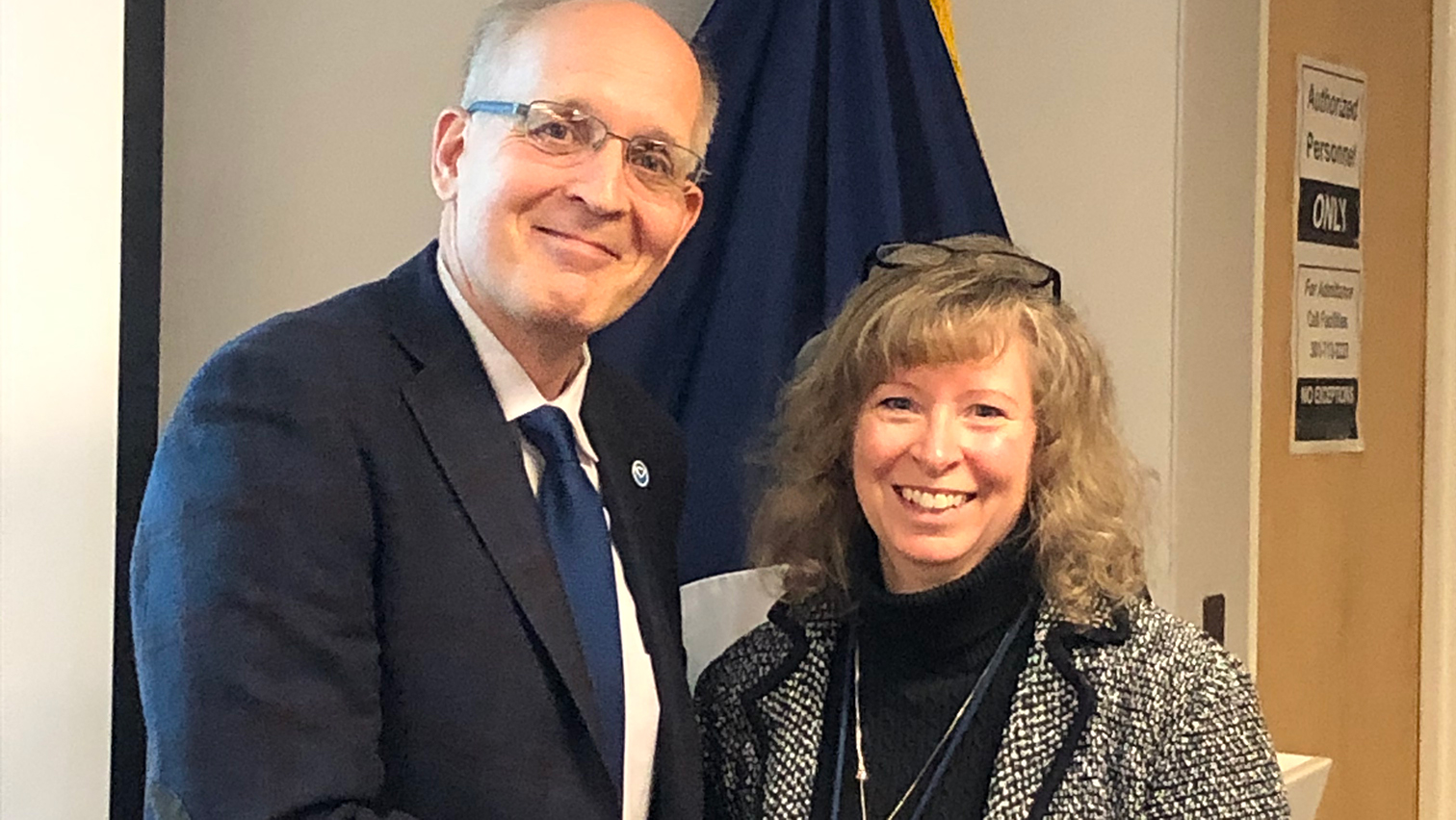
Judy Ghirardelli awarded Isaac Cline Award
Congratulations to Judy Ghirardelli for Isaac Cline 2019 Award for her leadership in developing Skillful and Reliable Statistical Forecast Guidance for Aviation in Alaska.
-
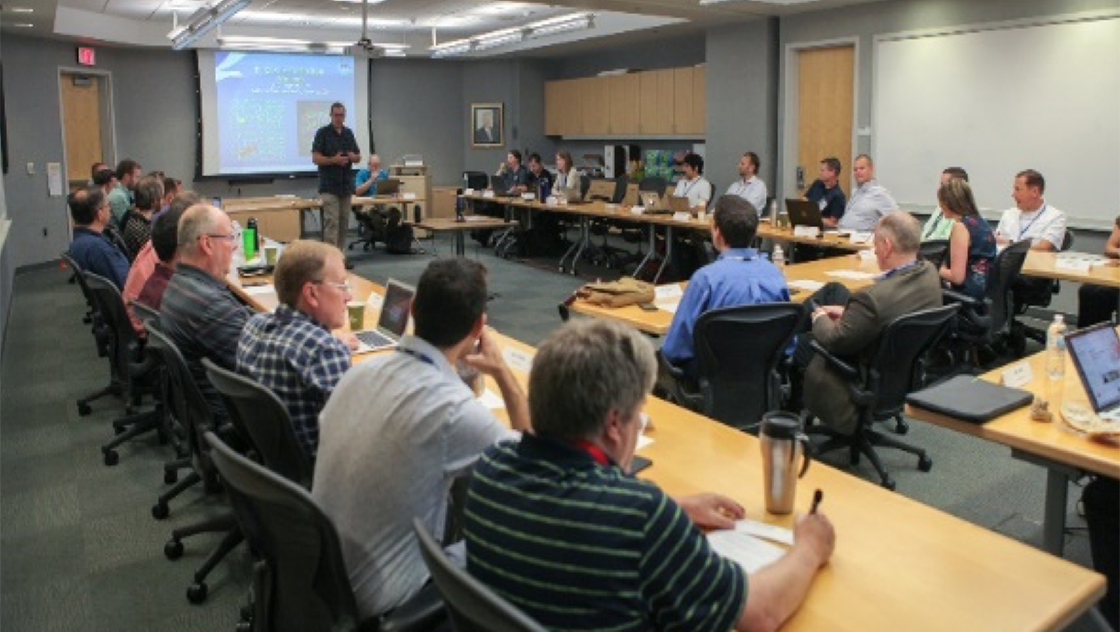
Threats-In-Motion Workshop
Threats-In-Motion Workshop was held at the National Weather Center in Norman, OK to bring participants up to date on the latest findings from research-to-operations (R2O) efforts in support of FACETs transition framework for convective hazards.
-
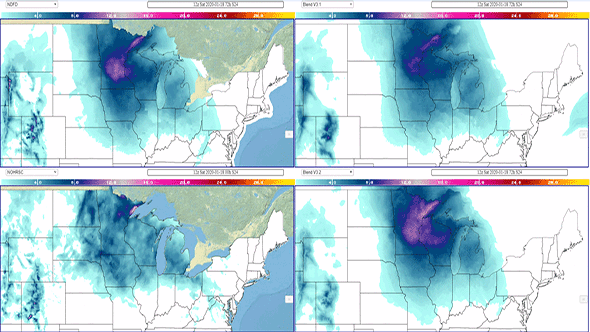
National Blend of Models in Central Region
June 4, 2019 was a very big day for NBM. NWS CR turned off regional blends like SuperBlend and WModel, and started using NBM v3.1 to initialize (twice a day) all the forecast grids beyond the short term (roughly Days 3-7).
-

Stephan (Steve) Smith Named Director of MDL
On May 12, 2019, Stephan (Steve) Smith, Ph.D, was named Director of the NWS Office of Science and Technology Integration’s (OSTI), Meteorological Development Laboratory (MDL).